
Disease of the oral cavity is a common problem, particularly in middle-aged to older cats. Some disorders (e.g. lymphoplasmacytic gingivitis/stomatitis) may begin very early in life in some purebred cats.
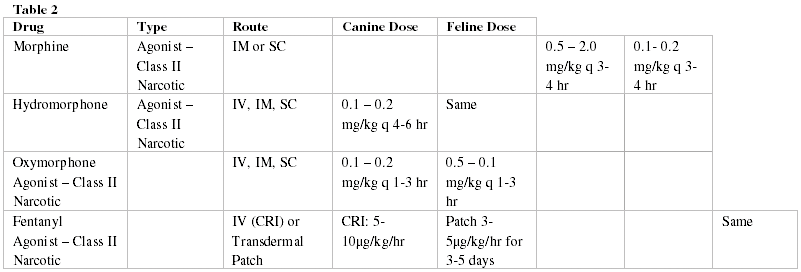

Disease of the oral cavity is a common problem, particularly in middle-aged to older cats. Some disorders (e.g. lymphoplasmacytic gingivitis/stomatitis) may begin very early in life in some purebred cats.
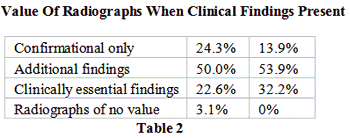
Dental radiography is an essential component in the delivery of high quality dental care for dogs and cats. This seminar will focus on the value of taking dental radiographs, how to take digital dental radiographs, special features available with digital dental radiographic units, advantages and disadvantages of digital dental radiography, indications for taking dental radiographs, positioning for optimal dental radiographs, critiquing dental radiographs and the importance of recognizing dental radiographic lesions.

Decision making and techniques to simplify dental extractions in cats have been previous described.1-5 Proper perioperative planning and decision making regarding feline extractions can improve surgical outcome.

Two basic techniques for the repair of palatal defects are most commonly utilized. The first technique involves removal of the epithelium from the edges of the defect and complete periosteal elevation of the palatine mucosa bilaterally on each side of the cleft.

Periodontal disease is probably the most common disease in dogs.1 Most dogs greater than 5 years of age have significant periodontitis.

Unusual oral lesions that may require surgical treatment include: osteomyelitis and bone sequestra, dentigerous cyst, mucoceles, lip avulsions inability to open or close the mouth, management of electrical cord injuries and severe tongue lesions requiring partial glossectomy.
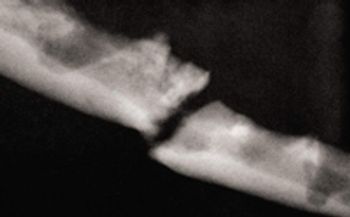
Chronicling the progression of periodontal bone destruction resulting in mandibular fractures in a dog.

Decision making and techniques to simplify dental extractions in dogs have been described. Proper perioperative planning and decision making regarding canine extractions can improve surgical outcome.
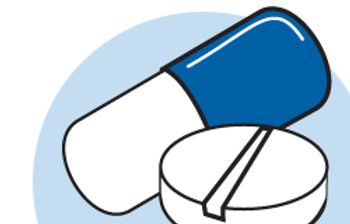
What should electronic anesthetic monitoring systems check for?

Are there alternatives to surgery for a fractured tooth?

Won't recommending home dental care actually decrease the number of cleanings we do in our clinic?

When it comes to client communications about oral health, it's as much how you say it and what you say.

Why feline dental care is important to a pet's overall health, how to effectively encourage cat owners to seek regular veterinary care, and what to focus on to provide the best services possible for your clients and patients.
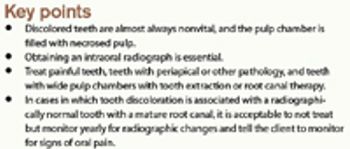
Our dentistry expert Dr. Daniel T. Carmichael answers this reader question.

Don't assume dental procedures are of little anesthetic risk.

A common source of chronic pain in pets.

A recent study evaluated whether a human radiographic classification system is valid in dogs.
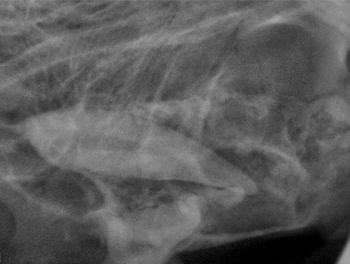
Discover why this feline is missing a canine.

Table tilting is a common practice during veterinary dental procedures to help prevent the aspiration of fluid and debris.
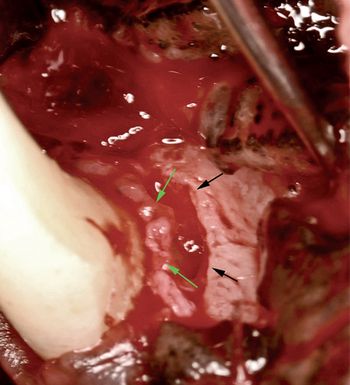
Weigh clinical, radiographic evidence as well as client expectations when approaching this preventable disease.
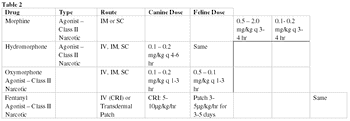
Pain management is more than the latest popular terminology. It is an important part of veterinary dentistry. Many of the procedures performed on animals are painful and it is our duty as technicians to ensure that our patients are as comfortable as possible. The deliver of local nerve blocks prior to performing many dental procedures or oral surgery is a great way to create preemptive analgesia. This can often be incorporated into a multimodal plan for pain control.

It is important to be able to identify oral pathology and anomalies. It is equally important to correctly record the pathology on dental charts. A thorough dental examination includes both conscious and anesthetized examinations as well as charting disease processes, pathology and anomalies, and treatment plans.
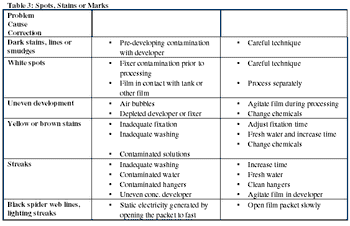
Dental radiographs are in essential part of the oral exam. The crown is just the tip of the iceberg. Approximately 42% of dental pathology is found subgingivally. Radiographs will help diagnose pathology that is not visible from the surface, confirm suspect pathology as well as help demonstrate the pathology to the client.

Oral disease is one of the most prevalent diseases in dogs and cats. 80% of adult dogs and 70% of adult cats have some form of oral disease. Dental problems are among the top three pet owners concerns in dogs and cats.

Performing a complete dental prophylaxis entails much more than removing plaque and calculus from the teeth. A thorough dental prophylaxis consists of educating the client, an oral examination, charting disease process, pathology and anomalies, radiographs, both supra and sub-gingival plaque and calculus removal, hand scaling, polishing, irrigation and home care instructions.